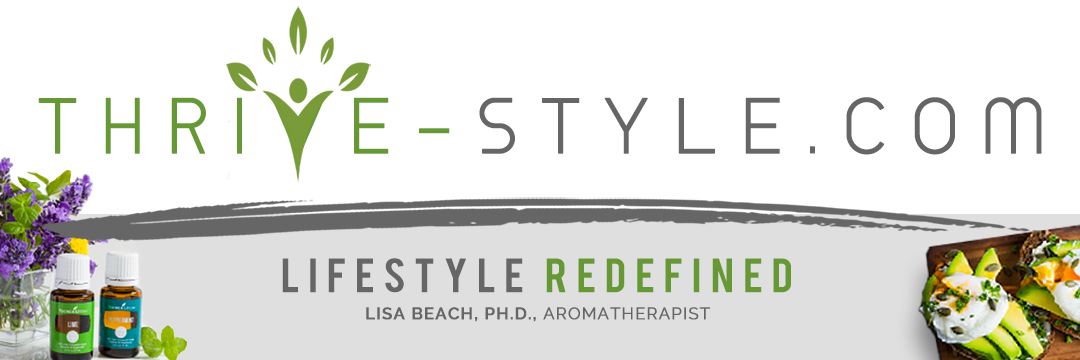I’m just coming down from the high of being at a Food as Medicine conference, where 300 health professionals (doctors, dieticians, and others) gathered to learn about the cutting edge research from experts in the field (Neal Barnard, Mark Hyman, John Bagnullo, etc.). I learned so much, and I want to share all of it, but it’s so much that I think I’ll just try reflect on the information throughout my posts.

I’ll throw random facts at you too, like this:
Did you know that in the early 1900’s, the average American consumed around 4-5 pounds of cheese a year? By 2007, that figure had risen 33 pounds! Why did it jump so much? The secondary reason is due to portion control—the primary reason is PIZZA.

I also learned a lot about how chronic disease works, and that it’s not so important what disease you have — that’s just a label — it’s more important to dig several layers more deeply, and find out what’s causing it. Then, fix that. The funny thing is, that for most diseases the fundamental actions for repairing them are the same. Eat a lot of plants, healthy fats, lean proteins (mostly plant-based with some fish), minimal (or no) simple sugar, and cut out dairy and oftentimes gluten.

I’m in. As a health professional, I don’t always present that recommendation right away, but things we target first are: cutting processed foods, reducing/eliminating sugar, and adding in more greens.
Why cut down on sugar?
When you consume sugar, it causes the release of insulin from the pancreas. The insulin’s job is to remove the sugar from the blood. When sugar arrives at a cell (to be used for energy or stored as glycogen), it can’t enter if the cell is overloaded with fat—the mitochondria can’t do their jobs, the sugar remains in the blood and your blood sugar stays elevated. So it’s often not understood that the actual cause of chronic disease like Type II Diabetes is not from eating too much sugar, but from eating too much unhealthy fats (and usually this comes along with more sugar too, so that compounds the problem). In this case, the primary cause (unhealthy fatty diet) is the major thing to change, along with improving the secondary cause (too much sugar).

Back to sugar itself—why is it best to cut down in general? Well, the average adult American ingests 22 teaspoons of sugar day—way too much. Over time, this causes cellular inflammation–think of a paper cut, only it’s inside your body where you don’t have the same kind of pain receptors (so you can’t feel it). Cellular inflammation leads to the development of many many diseases. In most cases it collaborates with other stressors (like psychological stress, environmental toxins, and a high animal fat diet) to culminate in a chronic, autoimmune, or immune system “disease.”
The Good News:
You can change it, reverse inflammation, and even reverse disease.
The first step is to improve your habits, and one primary way to do it is to cut simple sugars (and processed foods that contain them). Eliminate all forms of high fructose corn syrup, table sugar, and consider cutting down or eating your fruit strategically (pair it with lots of fiber so the blood sugar spike is not as extreme). The lowest sugar fruits are granny smith apples, and berries.
A side note: if you have any gut issues, like candida, small intestinal bacterial overgrowth (SIBO), or IBS (which is not the same problem for everyone), you will probably want to cut out sugar completely until your gut has repaired itself. I’ll post about how to do that soon!
A Great Sugar Substitute:
Stevia
Stevia comes from a plant and has no glycemic load in the body (no blood sugar spike). Unlike Splenda and artificial sugars, Stevia is not highly processed with chemicals (remember: Splenda is sugar processed with toxic chlorine). You can even buy a stevia plant and use the leaves directly!
My favorite way to use Stevia is NuNaturals brand. Several months ago, NuNaturals sent me samples of their products, and I really love them. Back in 2001, when I first used stevia, it had an awful aftertaste—I was having candida issues and was adding it to organic yogurt and unsweetened cranberry juice. The aftertaste (among my other angst-y frustrations) made me want to cry.
NuNaturals has a lot of different flavors and forms —- powder and liquid (my fave is liquid), cacao bean extract, vanilla flavored, alcohol free, a baking blend, etc.
I was definitely given my NuNaturals samples for free to try out, but the opinions expressed here are my own. I’ve also bought more of my favorite stevia varieties after my free samples ran out.
Four readers will win: 1 box of NuStevia packets (50 ct) and 1 bottle of our NuNaturals Vanilla Stevia Liquid (2 oz).
I’m sorry to my Canadian and International readers, but the contest can be open to Continental U.S. residents only.
How to enter:
1. Leave a comment telling me what you’d use stevia in.
2. Tweet the following and leave a comment here saying you did: Enter @lisakthrives giveaway @NuNaturals #Stevia & learn why cutting down on sugar is important to your health! http://tinyurl.com/3czrfa9
3. Follow me on Facebook & Twitter. (Leave a comment for each)

Pingback: Daily News » Blog Archive » Stevia
Pingback: Stevia
Pingback: Stevia « News Databank
Pingback: Latest News » Blog Archive » Stevia
Pingback: 3D Blokus
Pingback: Aiptek Camcorder
Pingback: upcoming video game releases
Pingback: turtle beachers
Pingback: cheap car insurance for young drivers
Pingback: home theater receiver
Pingback: Bartender kurs
Pingback: hjälp mot finnar
Pingback: netbook comparison
Pingback: garment news daily
Pingback: car wax reviews
Pingback: the best forum
Pingback: köpa sälja guld
Pingback: amsterdam 2011
Pingback: shanghai historik år
Pingback: http://blog.tmu.edu.tw/TMUHHR/005674.html
Pingback: Loura Skalecki
Pingback: textile market news
Pingback: Maria Katnik
Your blog is really nice, I love to follow. Thanks